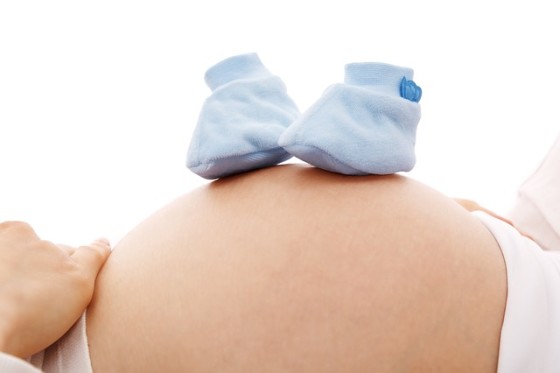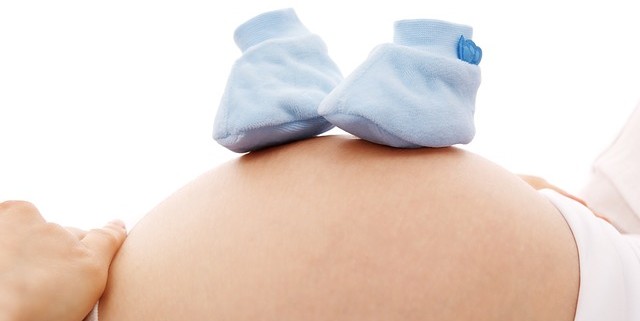Placenta Previa: Definition, Treatment, And Causes

Contents
What Is Placenta Previa?
When the placenta forms, it usually attaches to the top or the side of the uterus. During the last part of labor, the placenta detaches from the uterine wall and you deliver it right after the baby. If you have placenta previa, the placenta attaches to the lower part of the uterus and may partially or fully block the cervix – the opening to the birth canal. If that’s the case, the blood vessels in the placenta may tear when you go into labor or even earlier. That can cause serious bleeding and endanger both you and the baby.
Symptoms Of Placenta Previa
How do you know if you have placenta previa? The most common symptom is painless, bright red vaginal bleeding late in your pregnancy. If you notice vaginal bleeding during your pregnancy, including after intercourse, you should contact your doctor immediately. You may also experience cramping or premature contractions. Your doctor may use an ultrasound to locate the placenta to determine if it’s blocking your cervix.
Note that the placenta doesn’t always stay in the same place. In some cases, your placenta may be low in the uterus in the middle of your pregnancy but will pull up out of the way by the time you deliver. If your doctor finds that your placenta is too low earlier in your pregnancy, he or she may recommend regular testing to track its location and ensure that it moves to a safe position.
Placenta Previa Types
There are 3 main types of placenta previa: complete, partial, and marginal. In complete placenta previa, the placenta blocks the entire cervix. Partial placenta previa involves just a partial blockage and marginal placenta previa refers to situations in which the placenta is very near the cervix, but doesn’t actually obstruct it. Marginal cases are the least serious and may sometimes even delivery vaginally.
Placenta Previa Treatment
If you’re late in your pregnancy and diagnosed with placenta previa, you’ll probably have to go on bed rest even if you have little or no bleeding. Your doctor will ask you to avoid any strenuous activities, including exercise and stress, that could stress and tear the placenta. You may be able to attempt a vaginal delivery, but an emergency c-section may be necessary if you start to bleed more heavily.
If your bleeding is heavier, your doctor may want you to stay in the hospital. Severe cases may even necessitate blood transfusions. Because of the risk of bleeding, most pregnancies affected by placenta previa will be delivered by c-section. That allows the doctors to carefully avoid tearing the placenta and stop any bleeding as soon as it starts.
This condition is risky for both you and the baby. If your case is severe, your doctors will want to schedule a c-section in advance. They will try to find a balance between delivering early enough to avoid life-threatening bleeding and delivering late enough that the baby is fully developed. It’s best for the baby if you stay pregnant as long as possible, so doctors will delay delivery for as long as they can. They may treat the baby with steroids to encourage early lung development to allow for an earlier delivery. In emergency situations, the doctors may have to perform a c-section regardless of how close to term you are.
Placenta Previa Causes
There’s no single cause for this condition, but certain factors do increase your risk. For example, women over 35 and women who have had prior pregnancies, especially twins (or more multiples), are at a higher risk. You’re also at a higher risk if you’ve had surgery on your uterus before, such as a c-section. Finally, smoking and cocaine use increase your risk for developing placenta previa.
Avoiding Placenta Previa
Other than avoiding smoking and cocaine use, there is little you can do to avoid developing placenta previa. The good news is that it’s relatively rare, affecting about 1 in 200 pregnancies. If you are diagnosed with this condition, the best thing you can do for yourself and your little one is to follow your doctor’s advice about taking it easy and staying in bed. It’s frustrating to be stuck in bed, especially if you have a ways to go before delivery, but it’s worth it to keep yourself and your new baby safe. Take advantage of a little enforced rest and relaxation before the whirlwind of new parenthood hits – you catch up on your favorite shows and books!
Were you diagnosed with placenta previa? Tell us about your experience in the comments!








After raising 5 healthy children I chose once again to have one more (at the age of 42). Being diagnosed with twins, my family was delighted! However, late in the pregnancy it was discovered that one baby was low, blocking the cervix and delivery of baby 2 must be delivered by C section. She was a beautiful, healthy gift! However, due to fibroid tumors and other problems, baby 1 was carried an additional 2 months before a total hystorectomy was performed. As difficult and sad as this was, we rejoiced at the birth of our first grandchild shortly thereafter! p.s. my last baby was born the day before my first child turned 23 ; the two babies are 5 months apart and I know there is a God in Heaven!